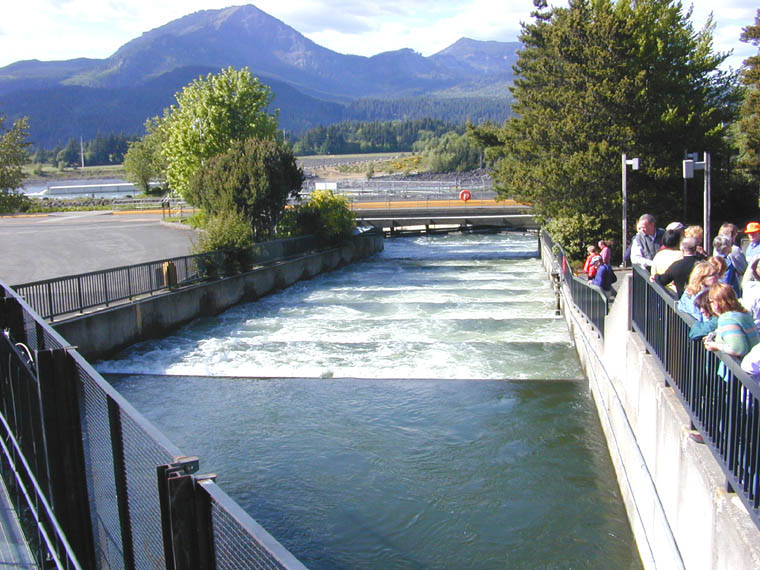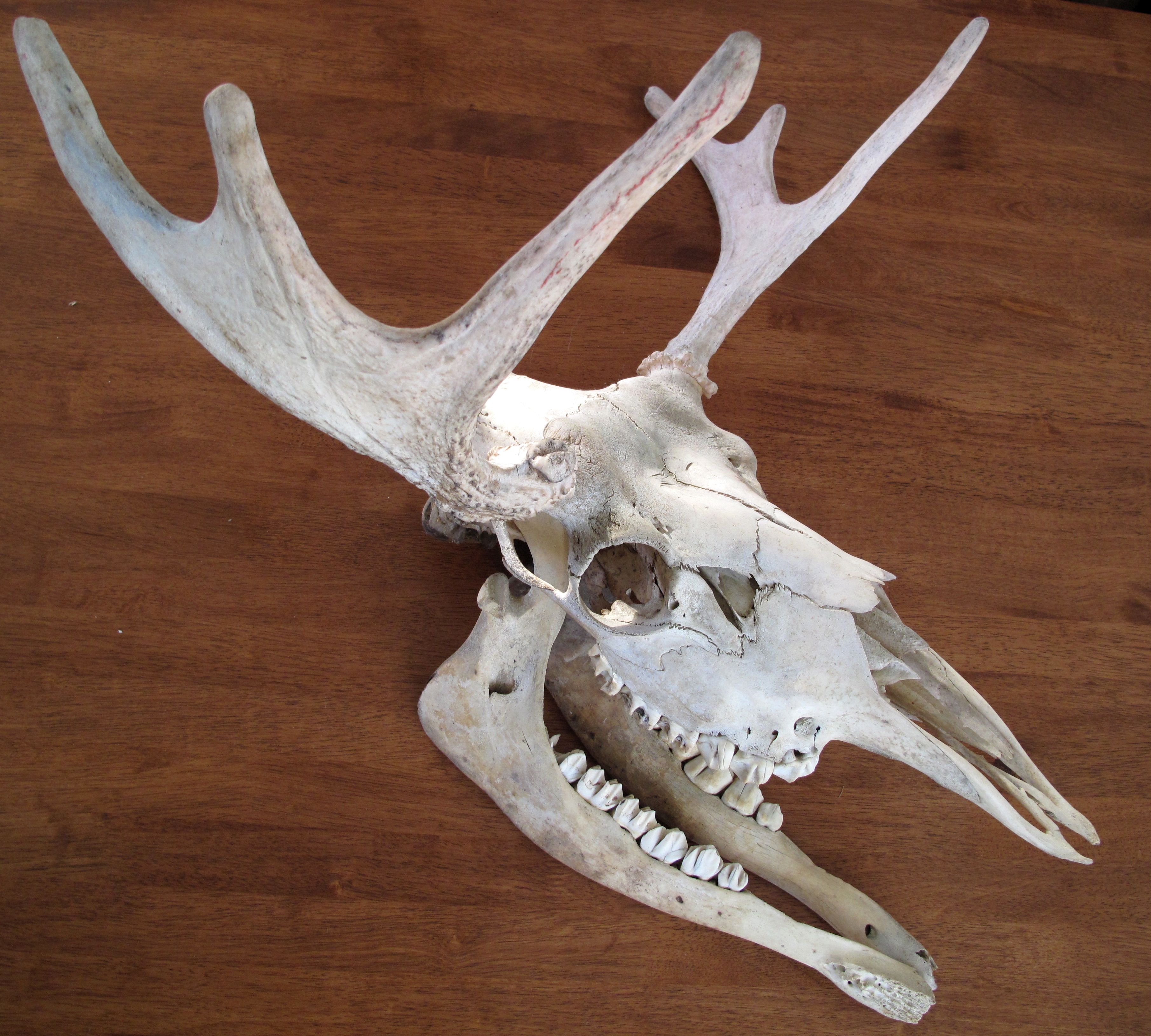|
Carlos Avery
Carlos Avery (1868–1930), was an American newspaper publisher and politician in the state of Minnesota. Avery is best remembered as a longtime chief of the Minnesota Game and Fish Commission and was named the first Commissioner of the Game and Fish Commission when that position was created in August 1915. He is the namesake of the Carlos Avery Wildlife Management Area in that state. Briefly serving as mayor of his hometown of Hutchinson, Minnesota, during the first decade of the 20th century, Avery was several times an unsuccessful candidate for high political office, losing in bids for the Minnesota State Senate in 1902, United States Congress in 1914, and for Governor of Minnesota in 1924, running as the nominee of the Democratic Party in each instance. Biography Early years Carlos Avery was born in Minooka, Grundy County, Illinois on January 25, 1868. [...More Info...] [...Related Items...] OR: [Wikipedia] [Google] [Baidu] |
League Of Democratic Clubs Of Minnesota
League or The League may refer to: Arts and entertainment * ''Leagues'' (band), an American rock band * ''The League'', an American sitcom broadcast on FX and FXX about fantasy football Sports * Sports league * Rugby league Rugby league football, commonly known as just rugby league and sometimes football, footy, rugby or league, is a full-contact sport played by two teams of thirteen players on a rectangular field measuring 68 metres (75 yards) wide and 112 ..., full contact football code, often referred to as just "league" Other uses * League (unit), traditional unit of length of three miles or an hour's walk * League (non-profit), a program for service learning * The League (app), a dating app See also * * * * {{disambiguation ... [...More Info...] [...Related Items...] OR: [Wikipedia] [Google] [Baidu] |
Winfield Scott Hammond
Winfield Scott Hammond (November 17, 1863December 30, 1915) was an American politician. He was a member of the Democratic Party. Biography Hammond was born in 1863 in Southborough, Massachusetts, the son of Ellen P. (Panton) and John Washington Hammond. His mother was born in England. He served from Minnesota in the United States House of Representatives in the 60th, 61st, 62nd, and 63rd congresses from March 4, 1907, to January 6, 1915. He was the 18th Governor of Minnesota from January 5, 1915, until his death December 30, 1915. Hammond is just one of four Minnesota Democrats to win a gubernatorial election with a Democrat in the White House. He was the second governor of Minnesota to die in office. Joseph Alfred Arner Burnquist succeeded to the governorship to fill the vacancy left by Hammond's death. Minnesota's eighteenth governor had little time to effect significant change before he died in office. Had he lived longer, perhaps Hammond would have realized his ambitious ... [...More Info...] [...Related Items...] OR: [Wikipedia] [Google] [Baidu] |
Fish Ladder
A fish ladder, also known as a fishway, fish pass, fish steps, or fish cannon is a structure on or around artificial and natural barriers (such as dams, locks and waterfalls) to facilitate diadromous fishes' natural migration as well as movements of potamodromous species. Most fishways enable fish to pass around the barriers by swimming and leaping up a series of relatively low steps (hence the term '' ladder'') into the waters on the other side. The velocity of water falling over the steps has to be great enough to attract the fish to the ladder, but it cannot be so great that it washes fish back downstream or exhausts them to the point of inability to continue their journey upriver. History Written reports of rough fishways date to 17th-century France, where bundles of branches were used to make steps in steep channels to bypass obstructions. A pool and weir salmon ladder was built around 1830 by James Smith, a Scottish engineer on the River Teith, near Deanston, Per ... [...More Info...] [...Related Items...] OR: [Wikipedia] [Google] [Baidu] |
Hunting
Hunting is the human practice of seeking, pursuing, capturing, or killing wildlife or feral animals. The most common reasons for humans to hunt are to harvest food (i.e. meat) and useful animal products ( fur/ hide, bone/ tusks, horn/ antler, etc.), for recreation/ taxidermy (see trophy hunting), to remove predators dangerous to humans or domestic animals (e.g. wolf hunting), to eliminate pests and nuisance animals that damage crops/ livestock/ poultry or spread diseases (see varminting), for trade/tourism (see safari), or for ecological conservation against overpopulation and invasive species. Recreationally hunted species are generally referred to as the '' game'', and are usually mammals and birds. A person participating in a hunt is a hunter or (less commonly) huntsman; a natural area used for hunting is called a game reserve; an experienced hunter who helps organize a hunt and/or manage the game reserve is known as a gamekeeper. Many non-human anima ... [...More Info...] [...Related Items...] OR: [Wikipedia] [Google] [Baidu] |
Conservation (ethic)
Nature conservation is the moral philosophy and conservation movement focused on protecting species from extinction, maintaining and restoring habitat (ecology), habitats, enhancing ecosystem services, and protecting biological diversity. A range of values underlie conservation, which can be guided by Biocentrism (ethics), biocentrism, anthropocentrism, ecocentrism, and sentientism, environmental ideologies that inform ecocultural practices and identities. There has recently been a movement towards evidence-based conservation which calls for greater use of scientific evidence to improve the effectiveness of conservation efforts. As of 2018 15% of land and 7.3% of the oceans were protected. Many environmentalists set a target of protecting 30% of land and marine territory by 2030. In 2021, 16.64% of land and 7.9% of the oceans were protected. The 2022 IPCC report on climate impacts and adaptation, underlines the need to conserve 30% to 50% of the Earth's land, freshwater and ocea ... [...More Info...] [...Related Items...] OR: [Wikipedia] [Google] [Baidu] |
Caribou
Reindeer (in North American English, known as caribou if wild and ''reindeer'' if domesticated) are deer in the genus ''Rangifer''. For the last few decades, reindeer were assigned to one species, ''Rangifer tarandus'', with about 10 subspecies. A 2022 revision of the genus elevated five of the subspecies to species (see Taxonomy below). They have a circumpolar distribution and are native to the Arctic, sub-Arctic, tundra, boreal forest, and mountainous regions of northern Europe, Siberia, and North America. Reindeer occur in both migratory and sedentary populations, and their herd sizes vary greatly in different regions. The tundra subspecies are adapted for extreme cold, and some are adapted for long-distance migration. Reindeer vary greatly in size and color from the smallest species, the Svalbard reindeer (''R. t. platyrhynchus''), to the largest subspecies, Osborn's caribou (''R. t. osborni''). Although reindeer are quite numerous, some species and subspecies ... [...More Info...] [...Related Items...] OR: [Wikipedia] [Google] [Baidu] |
Moose
The moose (in North America) or elk (in Eurasia) (''Alces alces'') is a member of the New World deer subfamily and is the only species in the genus ''Alces''. It is the largest and heaviest extant species in the deer family. Most adult male moose have distinctive broad, palmate ("open-hand shaped") antlers; most other members of the deer family have antlers with a dendritic ("twig-like") configuration. Moose typically inhabit boreal forests and temperate broadleaf and mixed forests of the Northern Hemisphere in temperate to subarctic climates. Hunting and other human activities have caused a reduction in the size of the moose's range over time. It has been reintroduced to some of its former habitats. Currently, most moose occur in Canada, Alaska, New England (with Maine having the most of the lower 48 states), New York State, Fennoscandia, the Baltic states, Poland, Kazakhstan, and Russia. Its diet consists of both terrestrial and aquatic vegetation. Predators of moos ... [...More Info...] [...Related Items...] OR: [Wikipedia] [Google] [Baidu] |
Deer
Deer or true deer are hoofed ruminant mammals forming the family Cervidae. The two main groups of deer are the Cervinae, including the muntjac, the elk (wapiti), the red deer, and the fallow deer; and the Capreolinae, including the reindeer (caribou), white-tailed deer, the roe deer, and the moose. Male deer of all species (except the water deer), as well as female reindeer, grow and shed new antlers each year. In this they differ from permanently horned antelope, which are part of a different family ( Bovidae) within the same order of even-toed ungulates (Artiodactyla). The musk deer ( Moschidae) of Asia and chevrotains ( Tragulidae) of tropical African and Asian forests are separate families that are also in the ruminant clade Ruminantia; they are not especially closely related to Cervidae. Deer appear in art from Paleolithic cave paintings onwards, and they have played a role in mythology, religion, and literature throughout history, as well as in hera ... [...More Info...] [...Related Items...] OR: [Wikipedia] [Google] [Baidu] |
Fish Hatchery
A fish hatchery is a place for artificial breeding, hatching, and rearing through the early life stages of animals—finfish and shellfish in particular.Crespi V., Coche A. (2008) Food and Agriculture Organization of the United Nations (FAO) Glossary of Aquacultur/ref> Hatcheries produce Fish larva, larval and juvenile fish, shellfish, and crustaceans, primarily to support the aquaculture industry where they are transferred to on-growing systems, such as fish farms, to reach harvest size. Some species that are commonly raised in hatcheries include Pacific oysters, shrimp, Indian prawns, salmon, tilapia and scallops. The value of global aquaculture farming is estimated to be US$98.4 billion in 2008 with China significantly dominating the market; however, the value of aquaculture hatchery and nursery production has yet to be estimated. Additional hatchery production for small-scale domestic uses, which is particularly prevalent in South-East Asia or for conservation programmes ... [...More Info...] [...Related Items...] OR: [Wikipedia] [Google] [Baidu] |
Minnesota Game And Fish Commission
Minnesota () is a state in the upper midwestern region of the United States. It is the 12th largest U.S. state in area and the 22nd most populous, with over 5.75 million residents. Minnesota is home to western prairies, now given over to intensive agriculture; deciduous forests in the southeast, now partially cleared, farmed, and settled; and the less populated North Woods, used for mining, forestry, and recreation. Roughly a third of the state is covered in forests, and it is known as the "Land of 10,000 Lakes" for having over 14,000 bodies of fresh water of at least ten acres. More than 60% of Minnesotans live in the Minneapolis–Saint Paul metropolitan area, known as the "Twin Cities", the state's main political, economic, and cultural hub. With a population of about 3.7 million, the Twin Cities is the 16th largest metropolitan area in the U.S. Other minor metropolitan and micropolitan statistical areas in the state include Duluth, Mankato, Moorhead, Rochester, ... [...More Info...] [...Related Items...] OR: [Wikipedia] [Google] [Baidu] |
John Albert Johnson
John Albert Johnson (July 28, 1861September 21, 1909) was an American politician. He served in the Minnesota State Senate from January 1897 to January 1901. He was the 16th governor of Minnesota from January 4, 1905, until his death on September 21, 1909. He was a Democrat. Johnson was the first Minnesota governor born in Minnesota. He was only the second non- Republican governor in the previous 50 years and the third since statehood. He was also first to serve a full term in the present state capitol, and the first to die in office. Johnson sought the 1908 Democratic presidential nomination but lost to William Jennings Bryan. Biography John Albert Johnson was born on a farm near St. Peter, Minnesota, on July 28, 1861. The eldest child of an impoverished Swedish family abandoned by an alcoholic father, he left school at 13 to support his mother and siblings. Local Democrats, impressed with the enterprising young store clerk, asked him to join their party and edit the stron ... [...More Info...] [...Related Items...] OR: [Wikipedia] [Google] [Baidu] |





.jpg)

